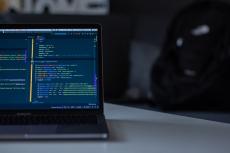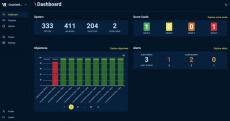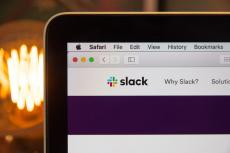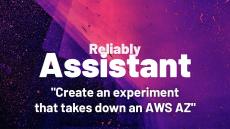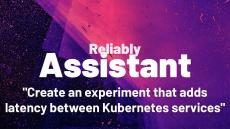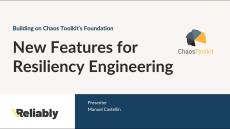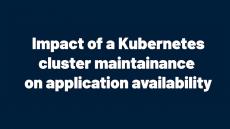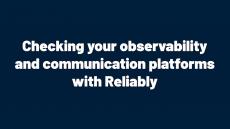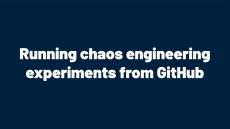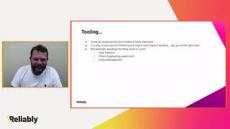#kubernetes #eks #chaosengineering
#reliably #chaosengineering #honeycomb #slack #resilience
#reliably #chaosengineering #github #githubactions #resilience
Reliably lets you run experiments not only from the Reliably cloud but from your own environment. This video will focus on running a chaos engineering experiment in GitHub.
#reliably #chaosengineering #resilience #kubernetes #k8s
Reliably lets you run experiments not only from the Reliably cloud but from your own environment. This video will focus on running a chaos engineering experiment in a Kubernetes cluster.
#reliably #chaosengineering #resilience
In this video, we'll show how you can use starters and the Reliably cloud to get started very quickly.
- January 2024 (2)
- October 2023 (1)
- August 2023 (6)
- June 2023 (1)
- September 2022 (1)
- August 2022 (4)
- July 2022 (5)
- June 2022 (12)
- May 2022 (11)
- April 2022 (6)
- March 2022 (5)
- February 2022 (2)
- May 2021 (3)
Reliably is here to assist engineering teams and organisations to get better at operating with greater predictability and less anxiety.
We've built Reliably so you can to start creating and using Objectives instantly. Let the CLI populate command automatically explore your infrastructure and suggest meaningful objectives, run the agent from your CI/CD, and you're ready to go.
Reliably puts the high level of intelligence and abstraction brought by objectives in the hands of those responsible for the reliability of systems and services: developers.
Engineer your reliability culture.





